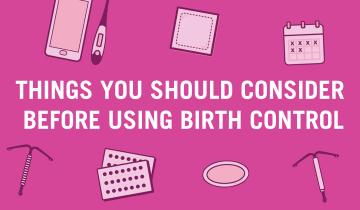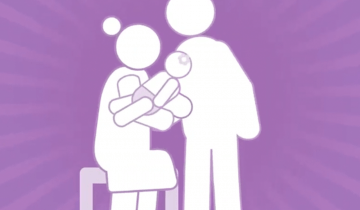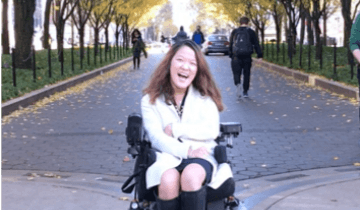When I was considering going on birth control a few years ago, I wanted to find out how, if at all, my cerebral palsy would cause certain side effects. However, to my dismay, there weren’t any resources available that addressed the complexities a woman with cerebral palsy might encounter when going on any form of birth control.





